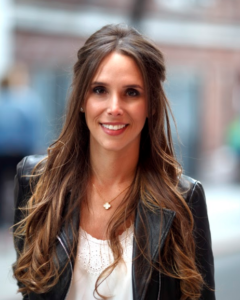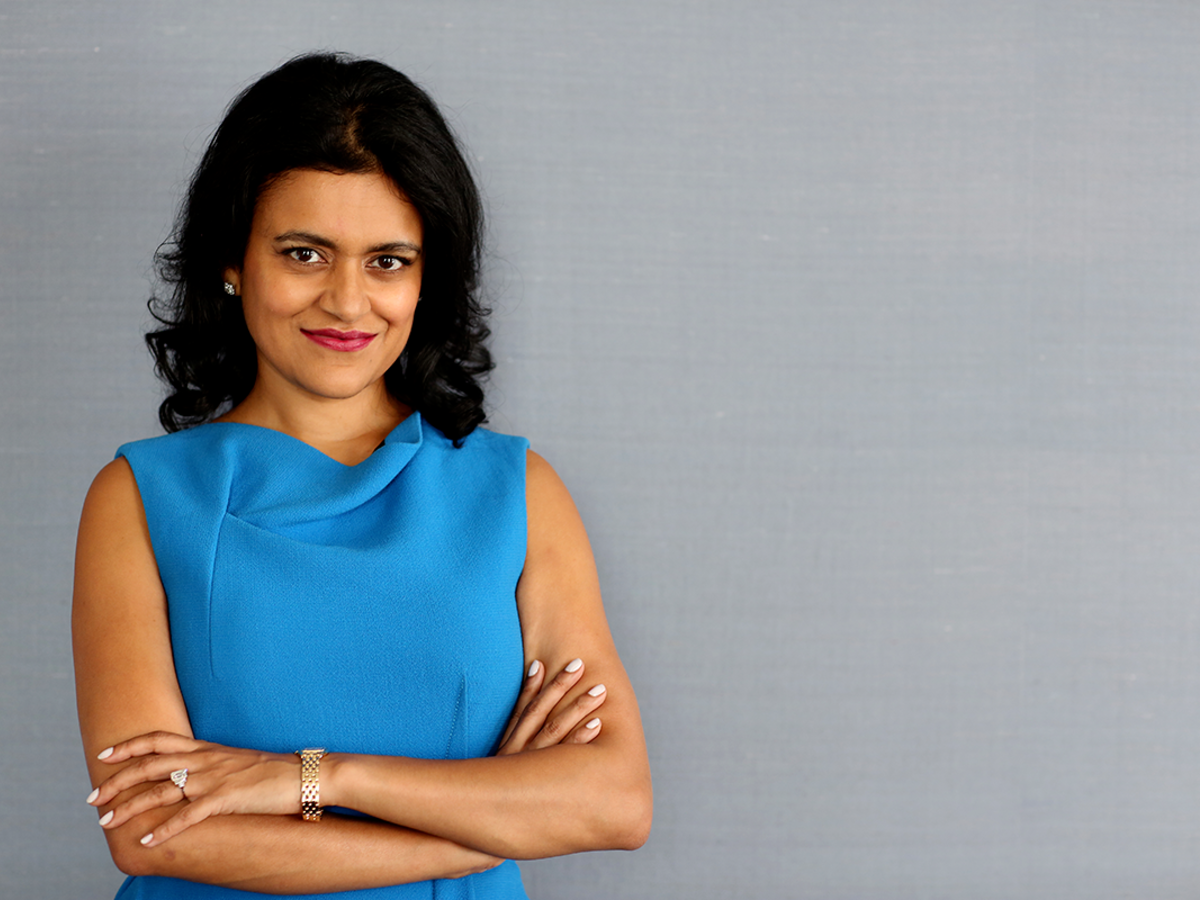
How to Develop Your Mental Resilience and Emotional Intelligence (A.K.A Dial-in Your Leadership Skills)
December 12th, 2019 Posted by tp33 Podcasts 0 thoughts on “How to Develop Your Mental Resilience and Emotional Intelligence (A.K.A Dial-in Your Leadership Skills)”Podcast: Play in new window | Download (Duration: 56:03 — 90.1MB) | Embed
Subscribe: Android | Google Podcasts | RSS | More
Did you ever react to someone or something and know it was not going to end well? Have you ever been triggered by a boss or colleague and behaved in a way that you knew was not going to be effective?
Sure, we all have. But did you ever stop to think why that happens?
Here’s the short answer: brain patterns. More specifically, the cause of these knee-jerk reactions or automatic responses are because of neural pathways in your brain that are triggered. Basically, your default brain wiring may, at times, get in the way of your effectiveness when someone or some situation triggers you.
So the question is, how do you disrupt this brain pattern?
Dr. Tara Swart — TED speaker, senior MIT lecturer, neuroscientist, and author — shares fascinating information about how she works with clients to expand their mental resilience and emotional intelligence, which ultimately leads to more effective leadership.
In her book: The Source: The Secrets of the Universe, the Science of the Brain, Dr. Tara Swart lays out, with great scientific rigor, the universal truths of what it is to be human.
Tune in to learn about how you can increase your leadership effectiveness, specifically:
-
-
- How to immediately put people at ease when you meet them
- How to develop your leadership skills at work
- How to build emotional intelligence
- How to build mental resilience
- What supplements and regiments you can use to optimize for performance
- How to create new neural pathways in the brain and rid unwanted behaviors
-
Connect with Dr. Tara Swart:
Dr. Tara Swart’s biography:
Dr. Tara Swart is a neuroscientist, leadership coach, award-winning author and a medical doctor. She works with leaders all over the world to help them achieve mental resilience and peak brain performance, improving their ability to manage stress, regulate emotions and retain information.
Tara is the only top-tier leadership coach with both a PhD in neuroscience and former medical career as a psychiatrist. Educated at Oxford University and King’s College London, her role as Faculty at MIT and King’s College London, and as guest lecturer at Oxford SAID, ensures that she remains at the forefront of the latest developments in her sector.
Tara’s clients include FTSE100, Fortune 500 and Magic Circle firms, as well as UHNWI entrepreneurs. She specialises in sectors that face unusual levels of stress or change.
Tara is an award-winning, best-selling author, and her newest book, The Source, shows us how the ancient tools of manifestation and visualisation are fundamentally powerful and incredibly effective at freeing us of self-limiting behaviours and propelling us toward our truest, most authentic selves.
Swart reveals how and why these systems actually work by offering the latest breakthroughs in neuroscience and behavioural psychology, including lessons in neuroplasticity, magneticism, emotional and logical thinking, as well as hydration, self-care, and relaxation.
She is also lead author of the award-winning book, Neuroscience for Leadership: Harnessing the Brain Gain Advantage. The book examines new evidence that positive leadership can be learned and how by harnessing key competencies and creativity, leaders can make better decisions and improve performance.
* * *
Full Transcription:
Dr. Tara Swart: The way that you think really determines some of the things that happened in your life and a lot about physicality and mindfulness and just dealing with stress because that is such a big factor to everyone. I mean, the people that listen to your podcast at [01:46], 75% of that demographic of person is chronically stressed. The way that that affects our physical health, our mental reasoning, our ability to master our emotions to access our intuition is frightening.
Tanya: That’s Dr. Swart. TED speaker, senior MIT lecturer, neuroscientist, and author who leverages her medical background, psychiatry training, and neuroscience education to coach leading executives and entrepreneurs to perform at peak. In her book, The Source: The Secrets of the Universe, the Science of the Brain, as Deepak Chopra puts it, Dr. Swart marries the universal truths with scientific rigor for a persuasive important exploration of the law of attraction. Tara, you’ve had a very interesting career path to say the least. What initially drew you to psychiatry and neuroscience?
Dr. Tara Swart: I guess, they drew me to them. I mean, I’ve gone to medical school straight after high school on a path that was quite laid out for me. When it came to the second or third year and we could specialize a little bit, I just found the neuro paths of every subject like neurochemistry, neurophysiology, neuroanatomy the most interesting. Then I actually took three years out of medical school to do a PhD in neuroscience because I was sure that I wanted to be a neurologist when I – I was going to say when I grew up. When I finished the clinical training.
Then after doing that for three years, when I went back to the clinical training, I just found psychiatry more interesting in terms of day-to-day work because it was about how people’s moods changed. How your brain could play tricks on you and you could hear a voice that wasn’t really there. I just found that element of actually speaking with people more interesting than looking at brain tumors and brain abscesses. That’s the path I chose for my career. Looking back, I would say that the whole psychological cognitive science and clinical practice element was probably a lot to do with the search to understand myself.
Tanya: Has it helped you actually understand yourself?
Dr. Tara Swart: It’s taken a long time, but having – I worked as a doctor for seven years then I changed career and I started executive coaching. Then about three years into that, the neuroscience became a really hot topic in business and leadership. Then I went more towards the speaking. I’ve always said that it felt like those threads of why I did that PhD that I never really used and the fact that I was a stress specialist from a psychiatric ward and then I became an executive coach right at the time of the financial crisis, all of that started to make sense, but it was very much – it was very rational. It was very in my career. It only really made sense to me personally when I decided to make this big career change and I got divorced at the same time. I had a big change of identity all at the same time around my mid-30s and that’s when it really was like, wow, understanding how my brain works, understanding cognitive science, understanding emotions and how they affect all of your decision-making and everything.
That was when I started to think about writing a book because I thought everybody needs to know this because I’ve seen people on the psychiatric ward because they’re so overwhelmed by what’s going on in their life and in their body and in their mind. I could see how that could happen, but because I understood the processes of identity change that I was going through, it massively helped me. That’s when it really, everything made sense. Why I’ve been on the path I’ve been on. Why I changed. What I’d learned technically and in my own life lessons really came together. Suddenly, science and spirituality aren’t two opposite ends, two poles. They’re on a spectrum and the more I understood that, the more life made sense and the more I really wanted to send that message out to people. Which is why I wanted to speak with you today.
Tanya: Yes. Right before starting the recording, we were talking about what we both do which is just so similar, but you approach it from a little bit of a different angle, the science and the peak performance leadership angle. I have your book in front of me, The Source: The Secrets of the Universe, the Science of the Brain which I am so excited to read. You have no idea. Now can you tell me who is the book for and what are some of the important things that you distill in the book? I know obviously people have to actually go read it to get the full scope, but what are some of the things that you introduce?
Dr. Tara Swart: Yeah, absolutely to [06:48] the idea of it is easy and I think the right thing to do because I think it’s something that really makes people think which is, you might know that I previously co-wrote a book called, Neuroscience for Leadership, which was very much the book that everybody said I had to write. I felt I had to write. It’s very dense. It’s very academic and businessy. This book is for everyone, but it’s based on the understanding that leaders are people too. It’s about leadership in terms of leading your own life, leading your family, your team, your organization if you’re a leader of a large organization, your community, whether you’re in a position of power or not. It’s really for humans. It’s really for basically everybody with a brain.
Tanya: That’s a pretty wide market.
Dr. Tara Swart: It’s a wide market. It’s a wide market. I mean, it absolutely is relevant to leaders because the case studies I have are from my executive coaching, but it’s very much based on everything that you might want in life and the understanding that your brain is your biggest asset. The physical health and the optimal condition of your brain basically dictates everything that happens in your life. The more that you understand about how it works and some of the latest understandings around things like neuroplasticity which is how much the brain changes in adulthood, brain agility which is all these different ways of thinking that we have access to, but we don’t necessarily use. The more that you can get out of it.
Then I’ve really put that very rigorous and up-to-date scientific research behind some more alternative things which are interesting like how do vision boards work. What’s the law of attraction and can the way that you think really determine some of the things that happen in your life? A lot about physicality and mindfulness and just dealing with stress because that is such a big factor for everyone. I mean, the people that listen to your podcast at [08:51], 75% of that demographic of person is chronically stressed. The way that that affects our physical health, our mental reasoning, our ability to master our emotions to access our intuition is frightening.
Tanya: Oh, yes. Yes. Can you explain that because actually, I so connect with that? Probably a month ago, I went to my general practitioner and I said, “Why am I chronically tired? What’s going on with me? I usually have a lot of energy and really bubbly, but for some reason I’ve just been battling being chronically tired for some period of time.” Immediately, my doctor said, “You know what, you and 95% of the people that come to see me is stress related.” What happens in your body when you are under stress and what happens from your cognitive processing, problem solving, and emotional intelligence side of things? Because 75% of our target demographic is a huge percentage.
Dr. Tara Swart: I mean, the 75% stat that I just came up with is actually – because there are various stats, but the 75% one is 75% people in the modern world are deficient in magnesium. Before I forget, I want to say that if you’re feeling tired all the time, you should start taking magnesium supplements. I don’t want to make this too personal, Tanya, but do you ever get a twitchy eyelid?
Tanya: Yes, I do. I do.
Dr. Tara Swart: Okay. You’re deficient in magnesium definitely. I love the way you’re like, I do.
Tanya: I do. Actually, the other day I was leading a session with clients and it required a level of focus for me that was totally unlike any – when you’re on in front of a group, you’re on and this is executives from a large biotech company and my eyelid was twitching and I’m like, damn it. No.
Dr. Tara Swart: It makes you look like – you can’t control it. You feel very aware of it being that obvious but it’s not as obvious to other people as it is to you, but it just makes you feel like I’m not in control. I’m not all put together. I’m not presenting myself how I want to. Even that disastrous thinking is related to the fact that your stress levels are too high. When you are stressed, your levels of your stress hormone cortisol are chronically raised and to try to counteract this your body leaches itself with magnesium. Actually, in a stressed state, you cannot eat enough leafy greens and nuts and seeds to replenish that. You need to supplement. My book came out on October 15th so I was in New York and Boston around that time. I managed to fly home and spend some time with my family in between and I just flew back in early November.
The weekend when I had to pack, I really wanted to spend some time with my family. I had a friend that needed some help. I remember thinking, if I go and spend half an hour with her, I won’t be able to have my magnesium bath. It was a real trade-off for me because as soon as I travel, I start to get these little muscle twitches and I know that it’s because it’s very stressful to my body. Obviously, I packed enough magnesium tablets for two weeks. I travel very light so I won’t carry a big liquid with me. As soon as I arrived at my friend’s apartment in New York, she presented me with a bottle of magnesium cream. This is serious. We take this really serious is sleep and stress. I know that we’re going to talk about those two particularly. Basically, going back to something again that we were just saying before we started recording, you were saying that people find it easier to read and digest language from 10 years ago than from now.
Tanya: Yeah, from people at a 10-year-old level. It’s like between a 9 and 12-year-old level but 10 years old is where – from an SEO standpoint I’ve read really scores high on SEO.
Dr. Tara Swart: Okay, okay, so age 10, yeah. Because it’s simple, but if you think now about the amount of information that we’re bombarded with, the fact that we can be switched on 24/7 working across time zones, checking our phone in the middle of the night, just taking in so much written information and now it’s – I know people who read a book and listen to Audible at the same time, not the same book.
Tanya: Oh, my god. Seriously?
Dr. Tara Swart: Yeah, yeah.
Tanya: Does that even go in? I mean, does anything register?
Dr. Tara Swart: I mean, that’s multitasking. Multitasking is bad enough as it is, but that’s taking it to an extreme. The fact that we even think that we need to do that or that it’s cool to do that is just so worrying. Basically, we’re chronically stressed all the time, most of us. It’s raising our cortisol levels. It’s depleting our magnesium reserves. You either need to get to the root cause of that and switch off, make sure you’re sleeping eight hours a night, make sure that you’re meditating, exercising, eating really well, drinking enough water, having work-life balance. I mean, people will be listening to this thinking like this woman can’t have a job or a family. She must be crazy. Inevitably, you just do what you can and I get that and I do what I can as well, but I take some of those things much more seriously than I would have if I didn’t understand the neuroscience behind them.
I would say, the top two is sleep and stress. Sleep, I do make sure that I get eight hours of good quality sleep every night. My biggest enemy obviously is jet lag because I travel so much. I just say to myself, if I wake up in the night because I’m jet lagged, then I’ll just take the opportunity to turn on to my left or right side because that improves the efficiency of the cleansing system of the brain overnight. With everything else, I try to do all of those good things that I just talked about, but I always say to people, don’t stress about it because it’s the stress that will kill you. I don’t know if I answered your question.
Tanya: No, you did, you did. Actually, as you’re talking, it’s very interesting. Very similar answer, but different perspective. I was speaking with a sleep expert, also researcher and professor, Dr. Mathias Basner. He was saying that – obviously, he spent most of his life researching how sleep and noise impact your well-being. Sleep was absolutely critical, cannot go without it. What’s tricky is, let’s say you get used to sleeping five hours a night or six hours a night because your body’s adaptive and it’s in survival mode and it’s going to make you – if you sleep five to six hours a night for a long period of time, you’re going to actually feel good and rested, but it’s a trap. It’s a trap because your body just gets used to it, but it doesn’t necessarily mean that it’s performing at peak.
The other thing that really scares me is you mentioned production of cortisol is referred to as the stress hormone, can really cause a lot of damage in your body. Dr. Basner was mentioning that noise and noise defined as unwanted noise – you could be at a heavy metal concert and really enjoy it. That wouldn’t tick the box as noise, but if you’re on the street and you hear sirens and police and whatever else, traffic noise, honking, that would be considered noise. Your bodies respond to that stress environment. It produces some level of cortisol and it doesn’t matter if you’ve been in this – I live in New York City. I’ve been in the city for 13 years. I’ve learned to tune it out. It doesn’t matter. Your body still produces that. Environment plays a huge part in sleep, so what you’re saying makes perfect sense.
Dr. Tara Swart: That’s confirmed some things to me, but also, scared me, I have to say. Matthew Walker at Berkeley, he wrote, Why We Sleep, said something that really hit me. I’ve noticed by reading back through my journal that it’s made me change my behavior, so I’d like to share that which is slightly contrary to something you said, but in keeping with what you said which is, if you don’t sleep enough, if you don’t do any exercise or drink enough water, you get used to feeling like that’s okay. You get used to not feeling good all the time. 1% to 2% of the population can get away with five hours of sleep per night, but 98% to 99% can’t. The only area where I slightly disagree with you is that if you’re regularly sleeping five to six hours, I don’t think you would feel great all the time, but maybe you just get used to it. I certainly thought, yes, you can power through. You can struggle through. You can feel like you’re bulletproof and resilient, but you’re not at your best.
If you wish to make that choice, I don’t. I decided to make some really big changes based on thinking, yeah, I’ve just got used to being up all hours, working across time zones, traveling too much and I’ve made myself think that that’s okay, but it’s not. The best way to know what your sleep number is, is if you naturally wake up at the weekend the same time that you have to wake up during the week, you’re probably getting enough sleep. If you have to lie in, if you need take naps or if like most of my clients, and tell me if you hear this too, they say, “I could sleep all weekend if you let me.” Then you’re obviously not getting enough sleep.
Tanya: That makes sense. Really listen to your body is what it comes down to gauge whether or not you’re getting sufficient sleep.
Dr. Tara Swart: It’s true, but then, some people have actually cut themselves off from their bodies so they’re not that good at listening to it because there’s actually a scent called interoception which is the sense of the physiological state of your body. For example, last night, I had sushi and at some point, I said, I need to not have any more because something’s made my lips tingle. When one of my team that worked for me asked me for a set of food intolerance tests as their holiday’s gift, I said, “Why don’t you just listen to your body and get a good idea of what suits you, what doesn’t, what makes you bloated, what makes your lips tingle?’ She said to me, “I’m not you. I’m not a doctor. I can’t tell that. I need to have the test.” That’s fine. Go and have tests if you need to, but we should all be able to listen to our bodies.
We expect our children to learn how to tell us when they need to go to the bathroom, when they’re tired, when they’re hungry, but then, it’s like, once we learn those basics, we just cut ourselves off from our bodies and we don’t listen. When I talk about people that don’t listen to their bodies, I’m talking about senior executives and financial services, men and women in their 40s to 60s who aren’t obese, who don’t have high blood pressure, who don’t smoke, do have stress-induced heart attacks. Not one of them says, oh it came as a total surprise. All of them say, well, I was getting chest pain, but I didn’t think I’d have a heart attack.
That’s extreme, but there are other little things like indigestion that we ignore or just sleep disturbance that we ignore. I think we need to realize that we’re not invincible. If we want to get the most out of our brain then we shouldn’t be draining our brain power because of something out of kilter with our body. Equally, we shouldn’t be risking our physical health because we’re so intent on meeting a project deadline or getting a bonus or whatever it is that you think is so important that we’ve pretty much blown these things out of proportion and not thought of our own health as important.
Tanya: Yeah, this idea of pulling all-nighters or putting in ridiculous amounts of work week hours or traveling and getting right back in the saddle doing a red-eye or something like that. It’s accepted. It’s part of the culture and it’s expected. Not only accepted, it’s expected.
Dr. Tara Swart: I agree.
Tanya: That’s an issue. Okay. I’d love to get a sense for your client group. What are some of the reoccurring primary concerns that you are helping your clients address and how do you help them address it?
Dr. Tara Swart: Okay. I love the way you’ve put that and I just want to give a bit of background which is of course I’ve come from the background of being a psychiatrist and I have my specialization in neuroscience. This is probably at least partly because of my background not just because of what’s out there, but what I was mostly working with, and now to be honest, these are the two things that I work with because it just makes sense to stick to your niche. Building emotional intelligence and building mental resilience to stress, those are the two areas that I specialize in, yeah.
Tanya: Mental resilience and what was the first one?
Dr. Tara Swart: Building emotional intelligence although I would say that that one was more of a problem 10 or 12 years ago where people were yelling at work or going red in the face, making people cry. There seems to be less of that, but perhaps again, it may be that my expertise has pulled me more towards the mental resilience or perhaps it’s become more of a problem in society, so there’s more demand for it. I speak about building emotional intelligence as exactly the same physiological pathway in the brain as learning a new language and same with mental resilience. Any new behavior that you wish to sustain and create as the default in your brain, you basically have to repeat it and learn it until it’s being fluent in a language.
Tanya: In other words, forge that neural connection.
Dr. Tara Swart: Literally, yeah.
Tanya: Lay down the path for that, yeah.
Dr. Tara Swart: Very literally. I think because psychology [23:09] business for so long, there was this perceived cut-off at the next. That was all to do with how you think and feel and it wasn’t vey physiological. The lovely thing about the sophisticated scanning techniques that we have now is that we can scan brains and bodies and we can see a lot more than we used to. We can see a lot more about what happens in a healthy functioning brain whereas before we were relying a lot on what happened if you did surgery on somebody who had a mental illness or a brain tumor and making extrapolations from what changed after you did interventions in those areas. Now, we can see more what happens if you experience a certain emotion. When you make a difficult decision. When you take risk. It’s just really informed our understanding of how a brain works. Just when it’s doing day-to-day tasks, but also how a brain works at its best.
Tanya: You were mentioning obviously emotional intelligence and mental resilience. How does that actually show up because – I mean, do your clients say I need more emotional intelligence and mental resilience, do they have that level of awareness or does it manifest itself through other situations, but ultimately, it’s about building mental resilience and emotional intelligence to deal with that effectively.
Dr. Tara Swart: There are extremes. The emotional intelligence tends to be more a very, very senior stakeholder saying, this person is great at what they do, but if they continue behaving the way that they have, we’re going to have to let them go. That’s really technically strong perhaps not emotionally intelligent. In that scenario it really helps to say I’m going to help you to build a pathway in your brain where you’re going to learn the things that you have to do to meet that requirement because if you just say things like, you need to be more understanding, you need to stop upsetting people, you need to take people on the journey with you, all these super successful, intelligent, well-educated people just say, I don’t know what that means. I don’t know what I’m meant to do. It’s got to be very bite-sized and very tangible and then it’s really doable. That’s been a great game-changer from understanding the physiology of how you build a pathway in the brain.
Tanya: That’s actually brilliant. I just want to dig in to that a little bit more. How do you give people access to building that pathway in the brain? Let’s take this candidate for example that was really just needed a little bit more emotional intelligence. What are the things that you – exercises and things that you go through to give them access to emotional intelligence?
Dr. Tara Swart: I’ll give you the framework first which can be applied to any behavior change, whether its emotional intelligence, mental resilience or something more tangible like learning a language. Basically, everything is about raising awareness from nonconscious to conscious. If you do something, let’s say we work together physically every day and you speak to me in a way that I find uninspiring and demotivating. If you don’t know that you’re doing that and the impact that it’s having on me, you’ve got no motivation to change that behavior. The first thing is that you have to know that there’s something that you’re doing that you need to do differently. Once you realize, okay, every time I do this, it’s not having a good effect on Tara. The first thing is to think about the new different thing that you want to do. In the brain, you can’t really unwire something that’s already there so you need to overwrite it with a new desired behavior.
You start with raised awareness and then you go to focused attention which is that you look for opportunities in your day-to-day life to try out this new behavior that you’re considering doing. I allow you at least a month between each step because you can’t just suddenly start doing something new. The brain needs to build up to a tipping point where the neurons are enough that that’s really a pathway. The first thing is the raised awareness. I always think that’s 50% of the battle. Focused attention is okay, when I met Tara for dinner, I could have said that differently. When I met Tara to play tennis at the weekend that’s an opportunity where I could have done something differently. Then the third stage is deliberate practice. That’s when you say, okay, what I’m going to do now is I’m going to make sure that I say please and thank you every time I see Tara. Then you would do that for a month. All the way up to much more complex things.
Then the final, not really a step but part of the key really is accountability. If you decided to do all these things and you’ve made a half-hearted attempt to do it, and then basically you got really busy and life got in the way. You’re probably just not really focused on that anymore, but if you knew that in a month’s time that our boss is going to say to you, you know Tanya, you’ve been working on your relationship with Tara and you said that you were going to say please and thank you to her 12 times in the last month. What have you done? Then you’d be much more likely to be keeping count and trying to make sure you do it. The analogy I used is, if you said, I want to learn Spanish in the next six months, if you downloaded an app and you used it every day at first and then you used it a few times a week and you used it for three or four months, you’d improve your Spanish a little but you probably wouldn’t be fluent in Spanish.
If you signed up for classes and you went every week and you did the homework and you had a test at the end of the six months and you planned a holiday to Mexico, so that you’d have to use Spanish, then you’ve become much better at Spanish than if you did it in a half-hearted way where there was no accountability. Having that test at the end or the thing that you’re going to have to do where you really need to draw on this new learning or a person that’s going to hold you accountable or using technology in a way to hold yourself accountable, whether it’s an app or a community where you share what you’ve achieved, that’s really the key because if that stage isn’t there then it’s just too easy to change the goalpost basically.
With emotional intelligence, the first piece of homework I give people is go home tonight and listen to your child for five minutes without looking at your phone and without interrupting them. That simple single piece of homework, everyone, male, female, very senior people have come back to me and said, “My child told me things that they have never told me before.” It’s so shocking that five minutes – and some people have to sit on their hands to not look at their phone in that time, has such an impact. I think that’s when people think okay, I’ve really been doing something wrong. Let’s try this. I can’t even tell you what I do after that because that has such a big effect that after that, it’s just okay, let’s do this. What else do I need to do? It’s simply then that you try it for 15 minutes with your partner. You try it for 15 minutes with a colleague that you get on with and then you try it for 10 minutes with a colleague that you don’t get on with and you build it up like that.
You just practice. You test yourself. You push yourself out of your comfort zone and eventually you get there. I’ve got stories that I’ve written about in a book of people who were – I’m going to use a strong word. People I’ve coached who were hated, who have had people say to them things like, oh well, those were in the days before you were nice. People who have become unrecognizable. I’ve had phone calls from people who – you’ve left the business. They said, “Oh, I heard that the CFO left.” I was like, “No, he’s still there.” They were like, “Well, the person that met him told me it was like someone totally different to how I described him.”
Tanya: Oh, that’s so funny.
Dr. Tara Swart: Yeah, yeah, yeah.
Tanya: I love your framework. First, raising awareness, at which the raising awareness part is the big haul and actually before we go into the other steps, how do people raise awareness? Do you suggest colleagues to act as a mirror if there’s something – if I’m unconscious that I’m behaving a certain a way and that’s making you feel bad, what’s the switch to suddenly move it from unconscious to conscious? Is it simply just looking for it or do you engage other people around you and say, guys this is what I’m committed to, your accountability? I want to really uplift the people around me and I need to know when in my interactions with you that has not been the case. What’s the method to the awareness part?
Dr. Tara Swart: There’s a couple of them. One I mentioned earlier which is happening less now is the one where people are like, this coaching is this person’s last chance. That’s a rule from above as it were. I think there are levels at which you can take 360 feedback or you can have a stakeholder in the business that says this is what Tanya needs to be working on. The level that I’m working at is very, very senior. It’s usually self-selected. I trust that my neuroscience framework, my intuition, their self-evolution is enough. I basically usually say to them at the beginning, tell me what you’ve come to coaching, but let me tell you that this will turn out to be about something that neither of us know about yet and at some point, that will become clear.
Then what I do is, I focus only on building trust and trying to understand the workings of their brain absolutely intimately until either they have an epiphany or I can raise an insight to them about either something that – you understand that with coaching and workshops that there’s a micro relationship going on between you which is a representation of how they behave in the outside world. I’ll give you a really, very tangible example which is that, I worked with a very senior guy, former military who – the coaching was because he was being intimidating towards women particularly but intimidating in general. It was quite funny because he gets this absolutely tiny female coach, me.
Tanya: Everything he’s avoiding, okay.
Dr. Tara Swart: Literally, everything in one little person. The first time he shakes hands with me, I spend the next hour and a half wondering if my hand is actually broken. It was that painful.
Tanya: Oh, my god. Wow.
Dr. Tara Swart: Yeah, yeah. I don’t say anything because it’s the first time and I’m trying to build trust and he’s probably more nervous than I am. Then the second time, we’re sitting opposite to each other. He’s got great body language. He’s giving eye contact. He’s warm and so I take the opportunity to say, “You know the first time I met you, when you shook my hand you actually hurt me.” He was mortified. I said it was fine. It was temporary but obviously, you don’t know that you’ve done that and nobody else is going to tell you. This is my job to help you to raise your awareness. He said, “Given all the feedback that I’ve had, I just try so hard to treat everybody the same.” I give everybody the same handshake and I said, I’m less than half the size of you. You can’t give me the same handshake. but I’m less than half the size of you, you can’t give me the same handshake. He said, “Okay. Yeah, of course I understand.” It’s just a small example of bigger things.
Then the third time, because we met up in London the first few times. At that time, he said, “Do you mind coming to my office? It’s outside London. I will come and pick you up from the train station.” He came in the car. He got out of the car. He walked around. He came and shook my hand and it was perfect.
Tanya: Yay.
Dr. Tara Swart: Yeah, I know. That’s obviously very tangible, but there are much more intangible things like that. For example, I was on a phone call with a client. I have a client in New York, so usually it’s more phone than in person although it’s both. At one point, we were on the phone, and I didn’t think I’d actually manage to say a word for over half an hour. Every time I tried to say something, he talked over me. He was basically saying that he was having difficulty persuading clients to do what he thought they should do.
Tanya: No kidding.
Dr. Tara Swart: Yeah, yeah, exactly. I realized at the end I said, “You know, I found a way to say that. Do you think if you listened more to try to understand that point of view and blah, blah, blah?” He was like, “Yeah, actually I do have an issue with listening.” I just took the opportunity and I said, “Well, actually, in the last 45 minutes you have spoken non-stop every time I tried to speak. You spoke over me.” I said, “I’m not saying this because I’m upset with you. I’m just trying to give you some feedback that again, probably nobody else will give you.” I think he was embarrassed but the next time, about a month later, I met up with him in New York. He said, “Yeah, I really thought about what you said and it’s not okay.”
Tanya: Yeah, that’s really amazing. What I’m getting from this is that awareness piece comes both from interactions with you, but also once you turn on that switch and you start looking for it, it opens the flood gates a little bit if you’re really committed to it. You might experience or see things that you didn’t see before and it’s all about your blind spots, but you don’t actually know that you don’t know. That’s really impacting your effectiveness. That’s amazing. Then we move on to look for opportunities to practice. What time period do you really need to invest in practicing a new desirable behavior for example until the neural path gets formed and it feels natural?
Dr. Tara Swart: Okay. You’ve asked that in a really persuasive way, but I’m going to have to give you the same answer that I give everybody else which is, how long is a piece of string. It depends what you’re trying to do. Basically, if you said to me, I want to get into a three times a week varied gym routine. If you put your mind to it, I think you could do that quite quickly and you could sustain it quite well. If we’re talking building my mental resilience, and I’ve got 18 international trips coming up in the next year or something, that’s going to take longer because it’s more complex. My answer to that question is, assuming that’s it’s at the upper end of the spectrum because we’re talking about more sophisticated things. It’s going to take about as long and take that much effort as it would for you to learn a new language. To actually change your brain, it’s going to be that difficult.
Tanya: How long does it take people to learn a new language on average? Do you have any idea?
Dr. Tara Swart: Think of the example I gave you. If you downloaded an app and tried to do it yourself, you’d get so far but you’d never get to as good as you could. If you went to classes or you had a teacher, and you had an exam, or you had a vacation at the end of it, you’d be better at it. That’s why the accountability piece at the end is so important because you can have the awareness, you can focus the attention, you can do some practice, but it has to be intense enough to change your brain. That is so painful that there has to be the accountability at the end to do it. I tried to do one new neuroplasticity thing a year. A few years ago, I decided to learn Danish, but I already could speak four languages, so it wasn’t like the hardest thing that I could have done, but Danish is a difficult language.
I had the three types of bilinguality, but I was brought up bilingual from the start, from the beginning of speaking in English and an Indian language. I learned French at school from the 9 until 16 and then I learned Afrikaans which is like Dutch, so another European language when I was about 25. I was well over 35 when I learned Dutch. I mean, Danish, sorry. I took lessons. They were 90-minute lessons once a week. At the 60-minute point, after the first one, I had to start taking cans of cola and bags of chocolate with me because I would get totally drained by the effort. I would be so hungry and so tired. I did this for quite a few weeks and months. Went to Denmark on vacation this summer, came back, had my first lesson, and at some point, she said, “All right, we’re done for this week. I’ll see you next week.” I said, “Was that 90 minutes?” She said, “Yes.” I was like, “But I didn’t get all hungry and tired like I normally do.”
Then I realized, I had surpassed that neuroplasticity plateau. My brain had changed and the Danish pathway was fluent. Actually, because I got what I wanted, which is the neuroplasticity and I found it not very rewarding. I actually gave up at that point. Now all I can say is I can speak Danish.
Tanya: That’s so funny. Wow. Yeah, to your point, it’s like, are you downloading an app or are you doing total immersion. That determines the length of your cord so to speak. I get that.
Dr. Tara Swart: Think about what you choose because let’s say you said to me, I’m going to learn tango, but you’ve never been a dancer. You don’t particularly have rhythm. I mean, you’d have to give up your day job to become really good at that. Actually, in terms of the different types of plasticity, there’s one where it’s so difficult you’d have give up your day job. There’s one where you’re good, but you have potential to be much better and then there’s one way you’re very good, but you can make it into a super power. It’s actually better to play at your strengths according to neuroscience than try to build up a massive development area just because in the adult that that would take is probably not worth it. It’s better to have diverse brains around you to complement your skills.
Tanya: Interesting, and then, you mentioned something a little bit earlier that I want to come back to and talk about. That is your default state for the brain. You gave a really, really brilliant TED Talk that I recommend everybody listen to. In there you mentioned distrust as a default state of the brain. Can you expand on that?
Dr. Tara Swart: It sounds terrible. When we lived in the cave and we became the most successful animal on the planet to survive and thrive as much as we have as a species. Some of the gearings of the brain are quite negative. For example, in the eight basic emotions that I write about in the book, five of the eight are survival emotions. The strongest gearing of the brain is about loss avoidance which is two to two and a half times as influential on the brain as gaining a reward. For example, if you dropped $50 out of your pocket this morning on the way to work, you would be annoyed with yourself and think about that for the rest of the day. If you found $100 you would be really pleased when you found it. You might keep it. You might give it to charity, but you’d have forgotten about that by the time we started speaking with each other this morning.
For our survival we’re geared that way and then matching up to both of those things is the fac that, if I met you, I didn’t know you. I don’t know if you have a lot in common with me. I don’t know what your political affiliation is. I don’t know what kind of education you’ve had. I don’t know what your views are on marriage or all these sorts of things that we judge people on all the time. We judge every new person we meet on up to 150 stereotypes straight away without even being conscious of it. I’m not going to risk my brain power, my resources, my life essentially on trusting you until I’ve got to know you a bit better. Until I’ve had enough signs that you’re in my tribe and speech marks.
When we trust, that actually – we use up more brain resources and so if there’s any risk, then we’re not going to give up those resources. We prefer to stop from I’m going to stay safe and not trust you until I know better. The reason for that is that when we lived in the cave, we lived in tribes where if you mistakenly let a stranger into your tribe. It could mean death to your tribe. It could mean sharing of food resources that you don’t have enough for, but could mean reproduction with the male from another tribe. Look at the animal kingdom, it still works like that. There are all these reasons that we didn’t want to trust anyone that isn’t in our tribe. Sadly, some of that wiring is still there although we can absolutely override it through conscious choice. However, if you look at what’s happening politically in both our countries at the moment. It’s very much a reversion to that lack of trust and not seeing the differences rather than the similarities. It’s hard to work than ever actually at the moment.
Tanya: Yeah, and so, this is a really amazing piece that you’re bringing into where it’s almost like because of survival and our ancient ways of living, our brain is wired like this by default, so how do you overwrite it? What are some of the techniques and practices that you recommend to really work through that because in the context of leadership, when you’re leading a team, or you’re on a team, one of the premises that we say is, in the absence of trust, performance declines, company culture declines. The what’s possible to produce bottom line diminished. It kills high performance teams but at the app, it cuts the head right off. How do you work around this default wiring?
Dr. Tara Swart: Basically, there’s a lot of answers to that question, which actually you’re much more of an expert at than I am. I’m just going to give you three quick tips from neuroscience which are a little bit different maybe. One is, eat regularly. Glucose and oxygen are only resources for our brain and in a study on Israeli judges who are granting parole to young black men, I think you’ve probably seen this because it was…
Tanya: I did.
Dr. Tara Swart: Yeah, yeah.
Tanya: I’m glad you’re bringing it up because that was on my schedule here to bring up. That’s so shocking. Okay, go ahead.
Dr. Tara Swart: The graph has three peaks. It starts off right at the top with people being granted parole and the line slowly drops down to zero and then it magically shoots back up to 100%, slowly drops down to zero and then it shoots back up to 100. There are three peaks and those peaks correspond to breakfast, lunch and dinner. When you eat, and you digest your food, you release a large amount of glucose. Although the brain only weighs four or five pounds, it’s a very energy hungry organ that uses up 25% to 30% of the breakdown products of what you eat. It can’t store that for later. The going down to zero parole is basically once you’ve used up all the glucose and there’s nothing left until you eat again. Eating regularly just gives you the physical resources to overturn any unconscious or conscious biases that you may have.
Which takes me on to my second point which is, do an unconscious bias test and find out what your biases are because we all think we’re not racist or sexist to ages, but we are. Because there’s up to 150 identified stereotypes there could be some really specific little ones that you’re not aware of that you have and it’s not because you’re a nasty person that’s chosen to be like that. It’s because of how you’ve grown up. It’s because of the influences that you’ve had around you. You talked about the environment earlier with sirens and noise. Biases are a noise as well that you’ve been exposed to for so long that their entrenched pathways in your brain that you’re not even aware of. I’m very passionate about saying, it’s much better to be aware of what they are than to say, but I’m not racist. I’m not this. Don’t you know?
Of course, none of us want to think we are. None of us really choose to go out there and be like that, but it’s maybe wired into our brains for so many reasons that we may not even remember. I think knowing what that is and doing a proper test to find out is helpful. Then finally, I would say the top answer is humor. When you laugh, even if you just laugh by yourself, you release this bonding hormone oxytocin. When you laugh with other people, you both release more than if you laugh alone. It trumps any bias that you have. Let’s say we met and we actually both knew what some of our unconscious biases were. For whatever reason, we experienced a bit of that between us. If we found some common ground, and then we found a joke and we laughed about it together. That would actually get removed in our brain as a barrier. It would literally get dissolved by that shared humor. That is so important.
There are a few other things that have very diverse teams, a diversity of all sorts and I actually talk about diversity of thinking rather than necessarily what you look like. I also say, on a more personal level, spend time with people 20 years old or 20 years younger. Just know what music they’re listening to, know what they care about, talk to a stranger, travel to a place you’ve never been to before. The more you expose yourself to different experiences including even different food, the less biased you are about the unknown.
Tanya: I love that actually. You know what? That supports something that I read a long time ago and now we’re going into couples, the dynamic of couples. That if you do something with your partner that is new to both of you like travel to a new place or take on a new sport or – the other day I did an art class painting with my husband. Both of us are not painters, but with a glass of wine and a teacher guiding us so that we don’t run amok and through this experience we had the best time painting and totally reconnected over something so silly. I can completely understand that discovering new things either on your own or with somebody else really makes a difference.
Dr. Tara Swart: The sillier the better according to a neuroscientist. You can write that in your article. Also, when you do new things like that, you actually – there’s a book by Ellen Langer from Harvard called, Counterclockwise. It says the more points of new things that you have in your life, the younger you feel because children experience new things all the time and so time feels like it passes slowly. Whereas as we get older, we tend to just repeat the same things year on year and so it feels that time speeds up. If you go and do an art class and obviously it connects you to your childhood self more, but also because it’s a new experience for you, it actually changes your perspective of time. Basically, you’re making yourself feel younger and your reconnecting with your husband so what’s not to like about that?
Tanya: Nothing. Everything, it’s all good. That’s amazing. Is there anything that you’ve seen that’s really cutting-edge right now that top performers, executives, anybody that’s performing at peak performance uses to really increase their efficiency and clarity of mind?
Dr. Tara Swart: A good quality probiotic taken for a month reduces negative thinking, reduces anxiety, has even allowed people with clinical depression to reduce their dose of antidepressants or come off their antidepressants totally. For people, more like your listeners who travel a lot, who face unprecedented levels of stress and change and uncertainty, by good quality I mean over 50 billion strains of bacteria. There are particular strains. I can’t remember all the names offhand, but I actually wrote a Forbes Leadership blog about it so that can be searched for quite easily. Naming specific strains in it for stress, for mental performance, for coping with travel. You can build up the diversity and quality of your gut microbiome. We know now that your gut neurons communicate with the brain. We’ve known that for a while.
There’s a third element of communication between the gut bacteria themselves, the gut neurons and the brain. It’s a triangle. The neurons obviously connect with the brain through actual neuronal pathways, but the gut bacteria’s signal both to the gut neurons and the brain through chemical [53:36] link with cytokine transmission. The better condition you keep your gut microbiome in the better the physiological health of your brain and the more it boosts your mental performance. It’s a very exciting new field that I’m keeping a real eye on at the moment, but suffice to say, me and my family take probiotics at least six times a year for four weeks at a time.
Tanya: Not continued. You do it six times a year for four weeks at a time.
Dr. Tara Swart: I do that to my family because I take them enough because I travel so much, but I take them whenever I travel. I think [54:28] it so that you’re getting different strains throughout the year. If you don’t travel every month then at least four to six times a year take it probably one month [54:28] have a good quality probiotic.
Tanya: Okay, that’s great. Is there anything that we haven’t talk about with regards to leadership and performance that you think we should?
Dr. Tara Swart: I like that question, but I literally don’t think there is because I think we’ve talked about it so much. It’s been such a great conversation.
Tanya: Yes, yes, definitely. Tara, thank you so much for being on. I can’t wait to dig in to your book, The Source: The Secrets of the Universe, the Science of the Brain which was recently published and is actually gaining a tremendous amount of traction. Just thank you for really standing for human performance and mental clarity and the unique angle that you bring that I don’t. that’s what makes the world go around really. I’m really grateful to you for hosting me.
Tanya: Thank you so much.
Dr. Tara Swart: Bye.
Tanya: Bye.

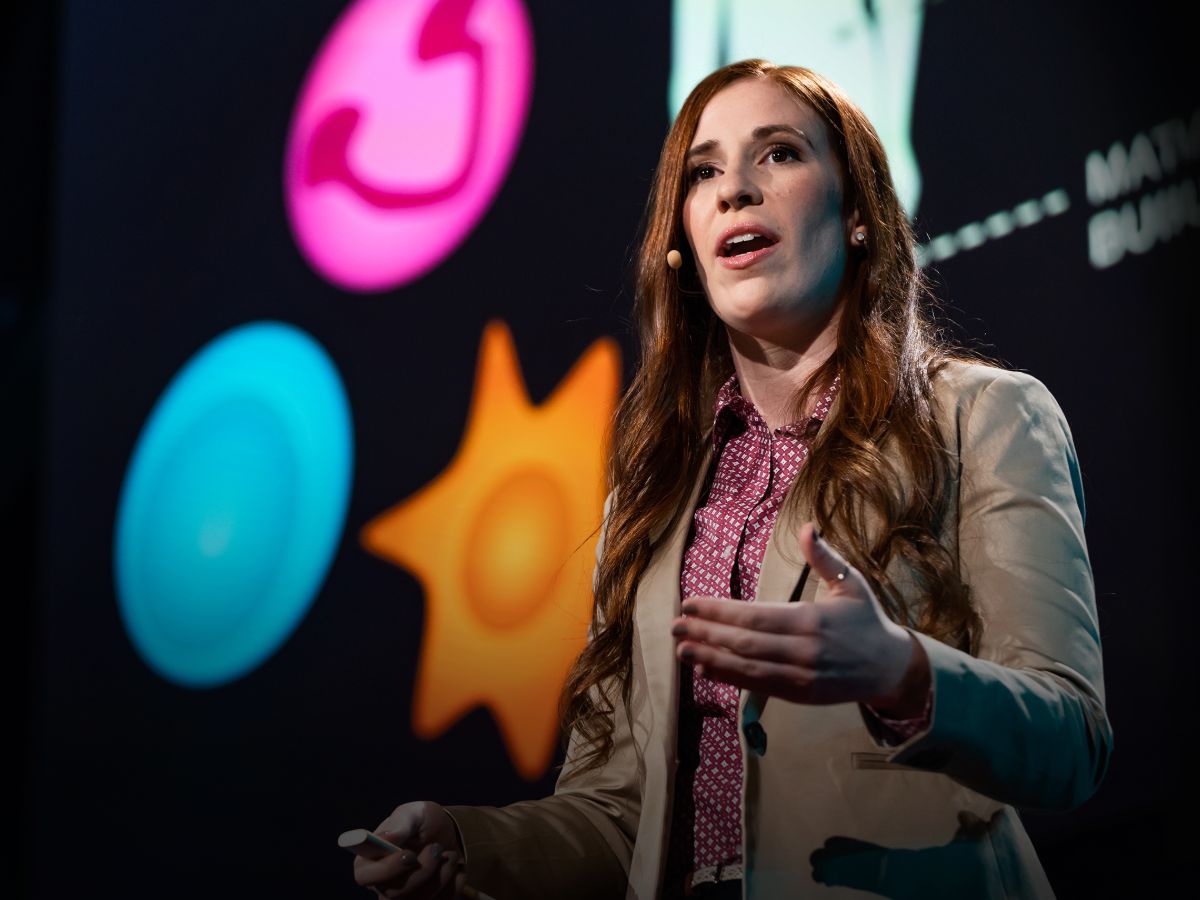
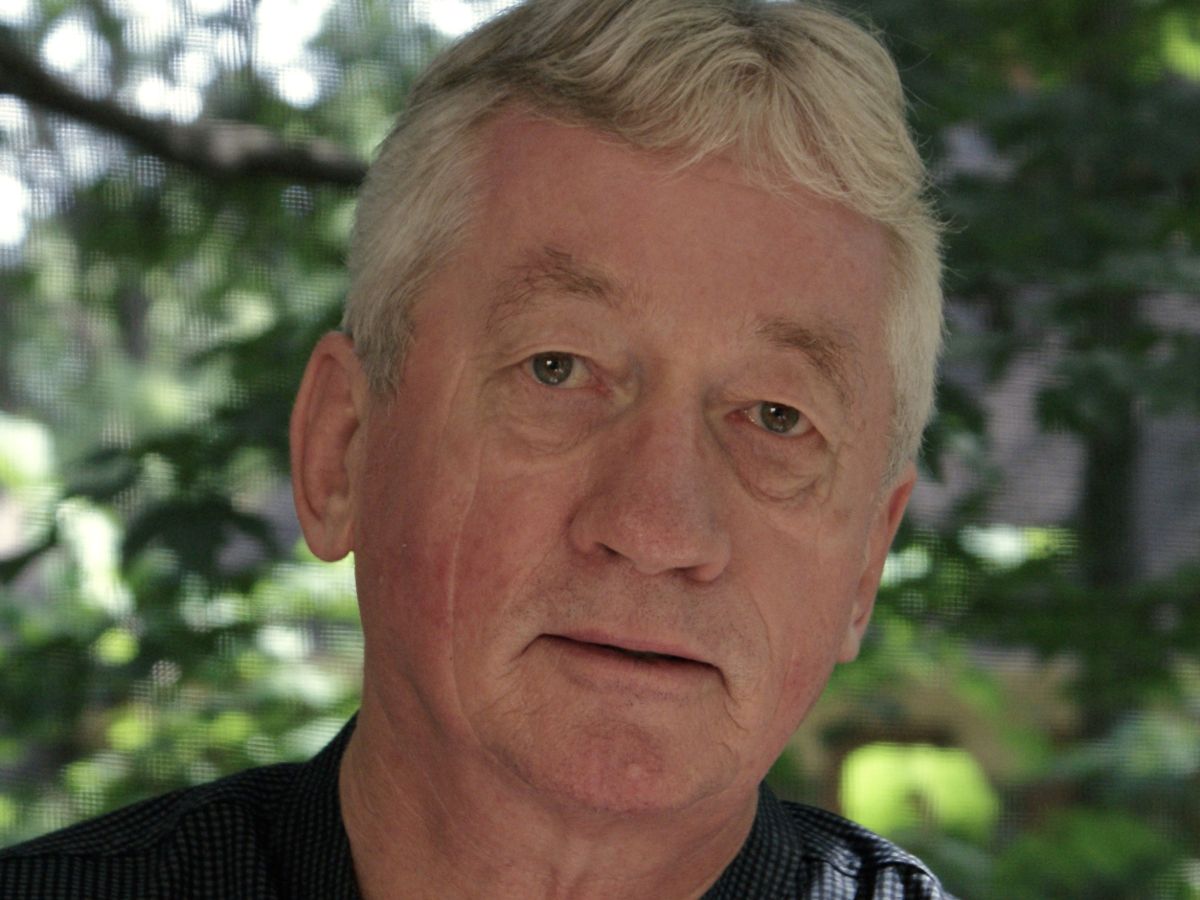
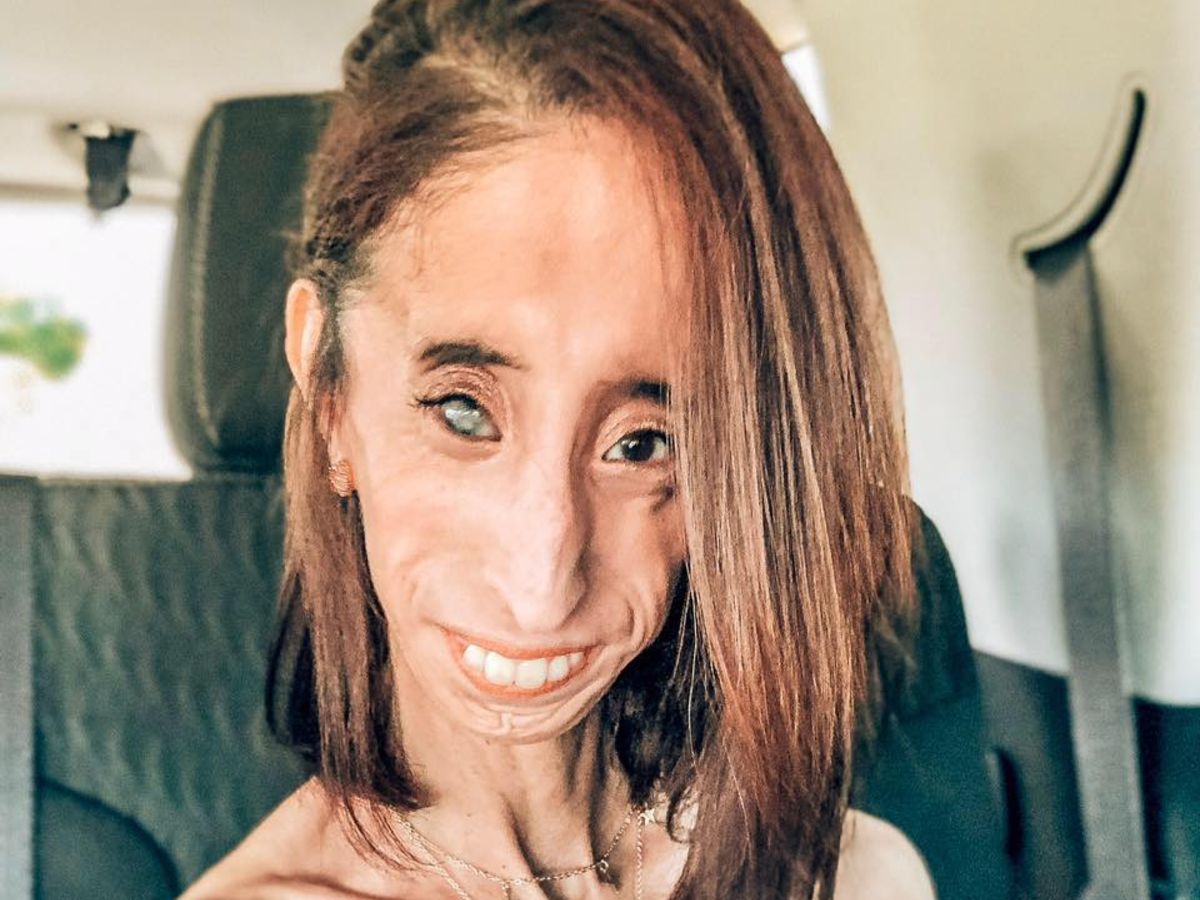
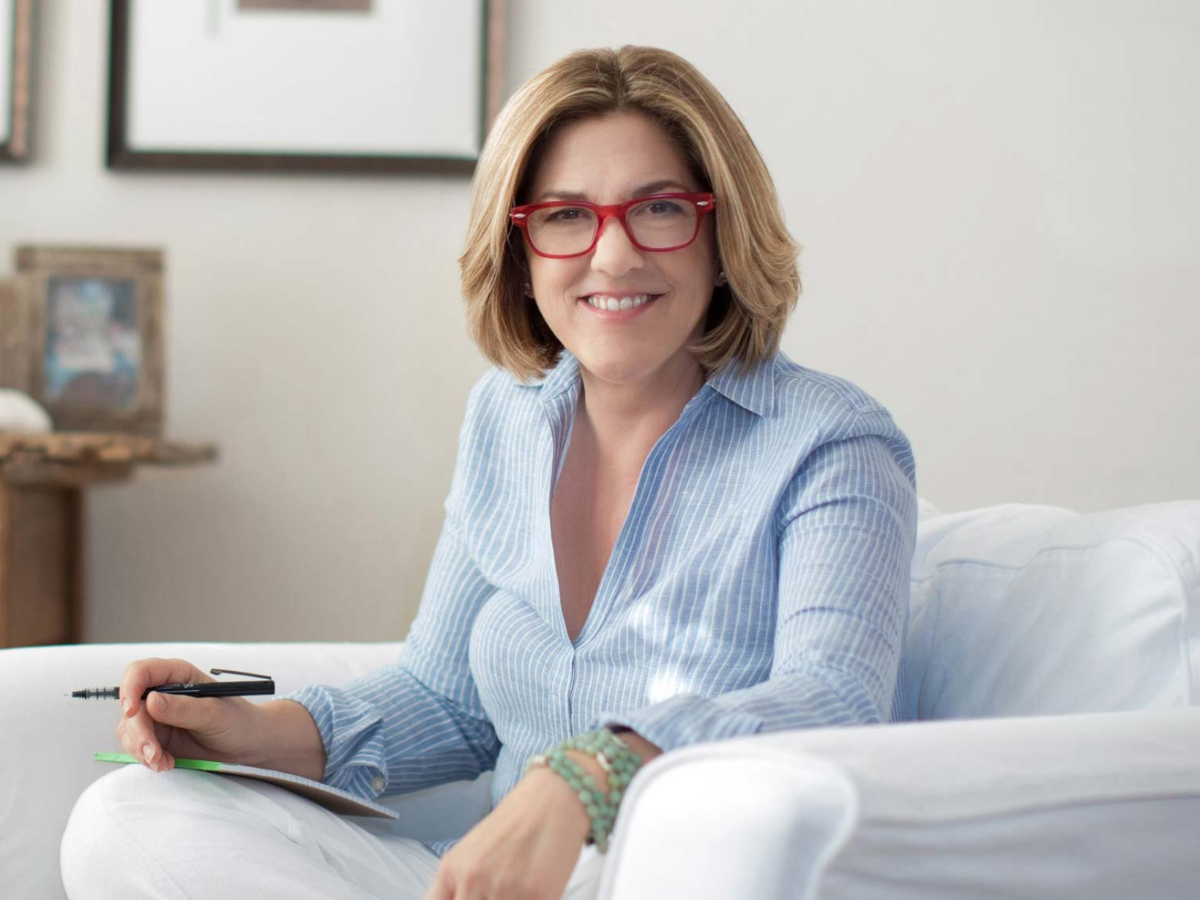
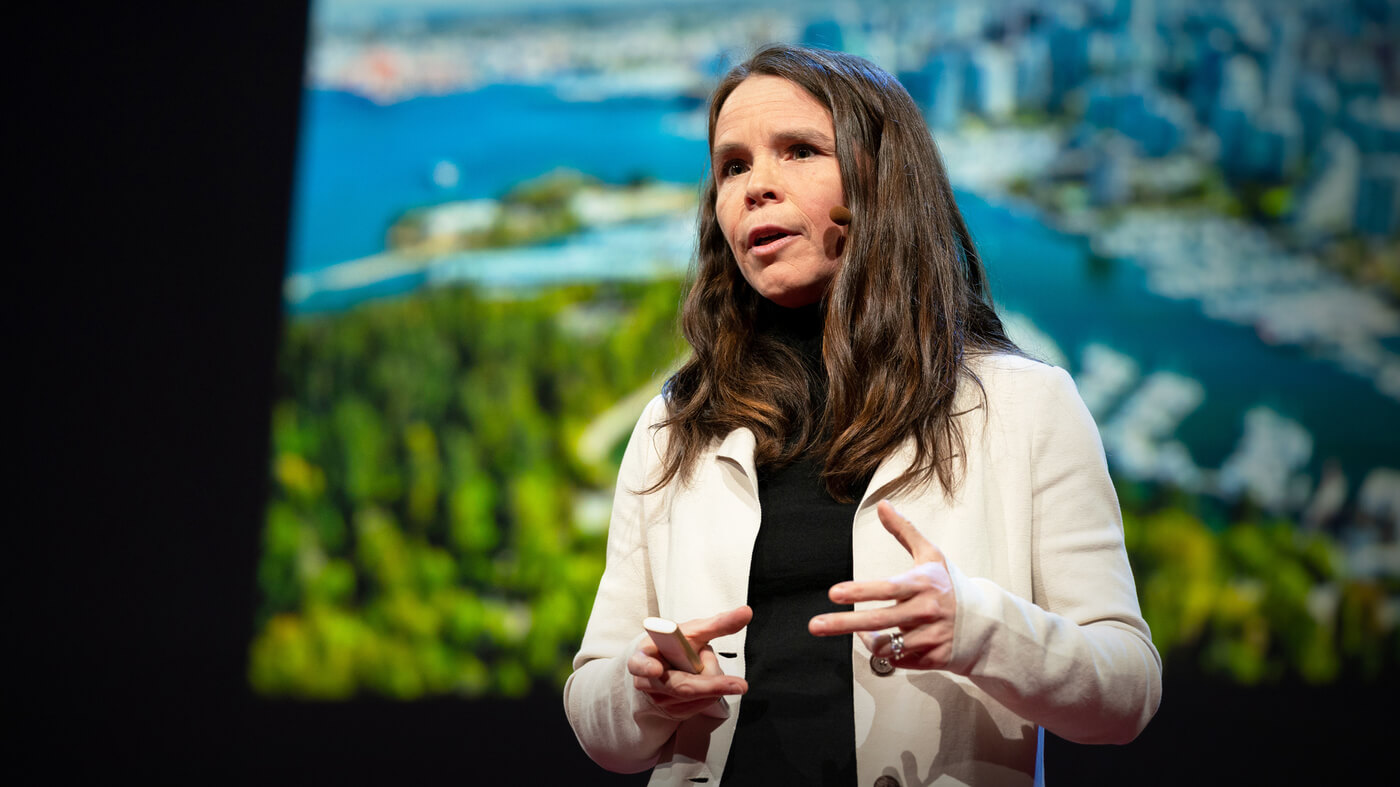
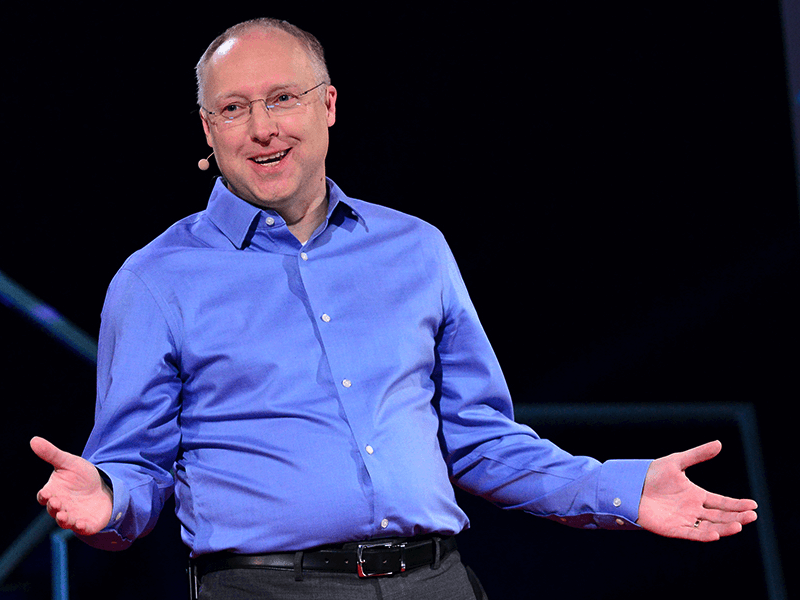
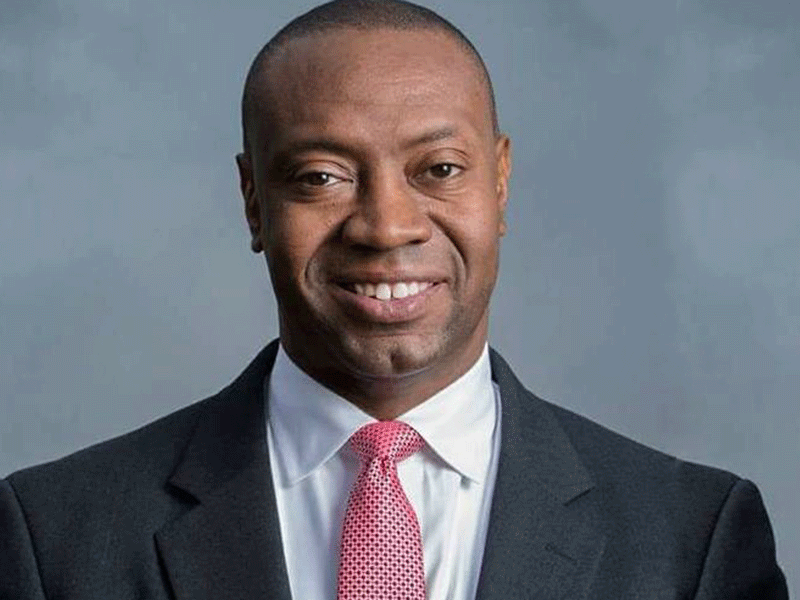
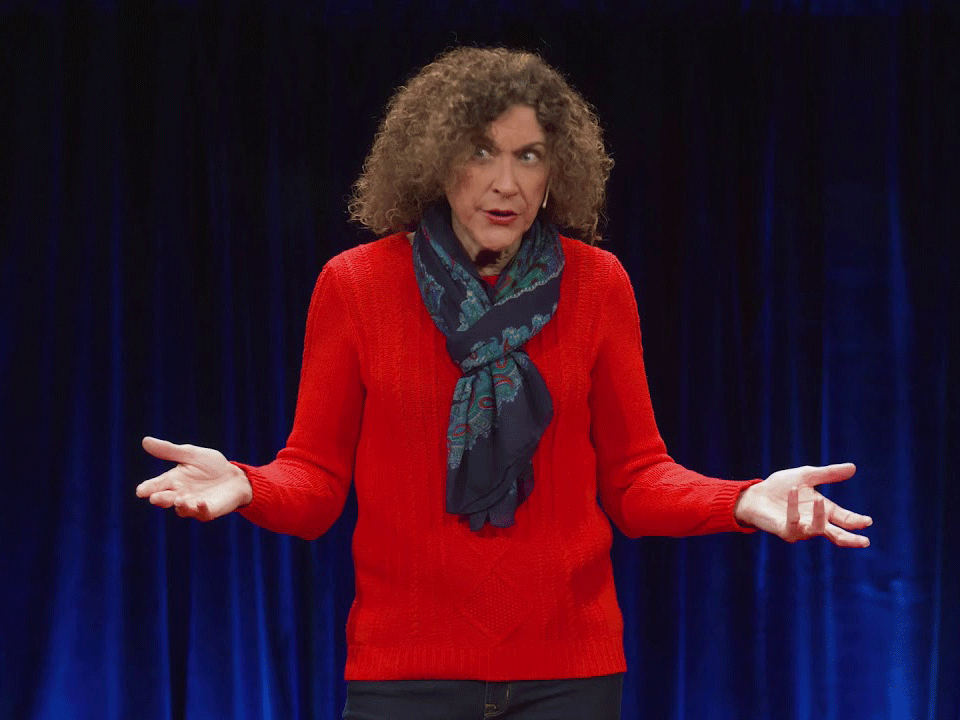
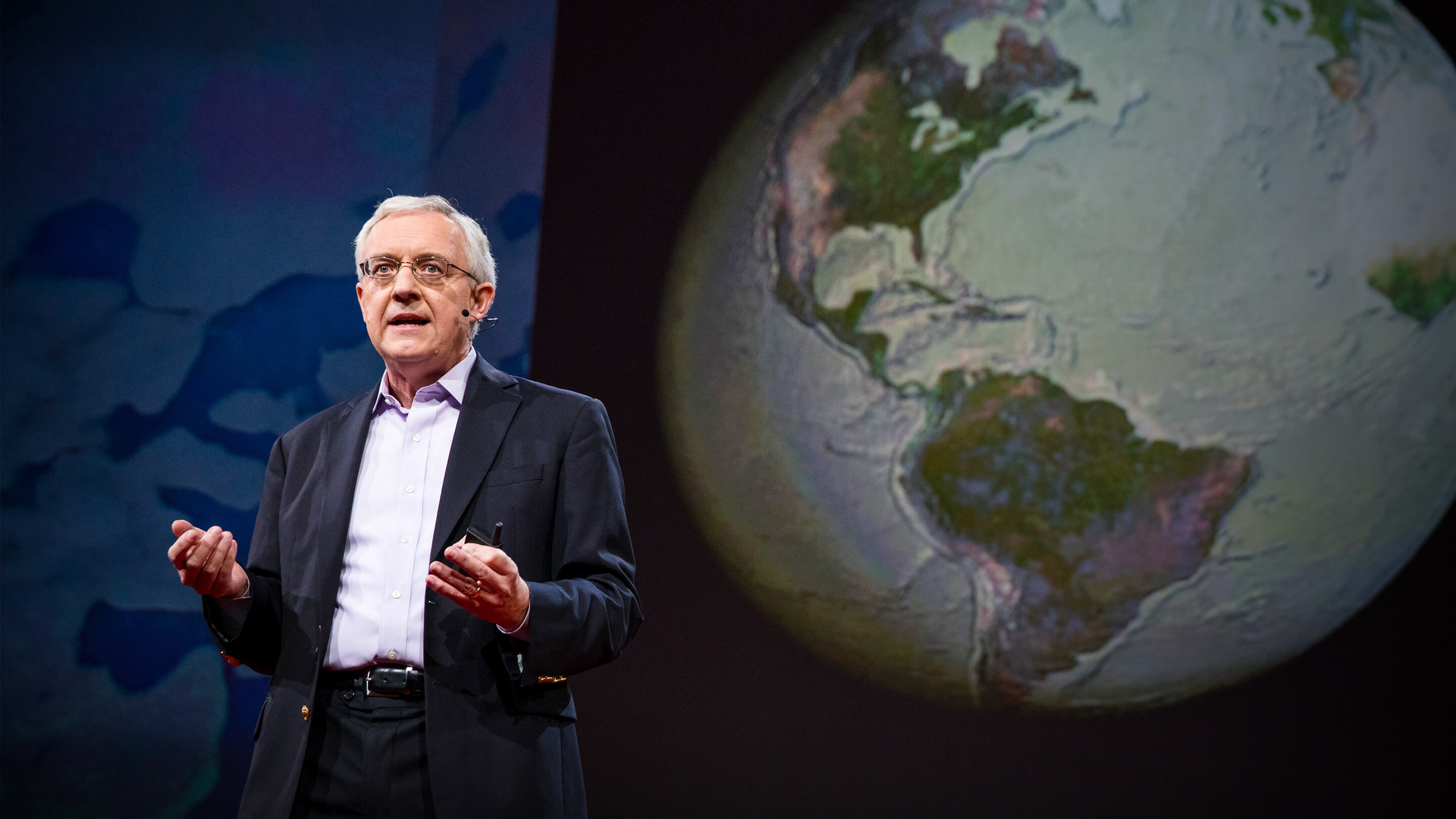
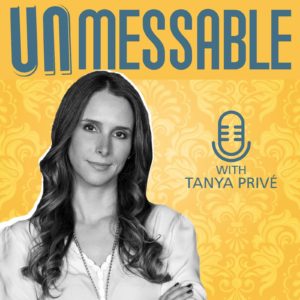 Unmessable podcast explores what it takes to be a great leader via candid discussions with success business operators and renown thought leaders.
Unmessable podcast explores what it takes to be a great leader via candid discussions with success business operators and renown thought leaders.